467 Views
What's the Best Material for Pet Run Flooring?

by
SYNLawn Of Central California, Inc.
(IC: professional)
If you are a homeowner and a pet lover, it can be highly frustrating if you cannot let them go outside due to the presence of treacherous pests that lurk nearby, such as snakes, scorpions, javelinas and feral neighborhood cats. For those who are in possession of their own cuddly kitty, you have probably got used to the fact that they will not be able to go outside and enjoy the fresh air, even if your kitty yearns for garden or backyard fun and frolics.
Dog owners, on the other hand, may be familiar with the process of letting their precious pooch go outside into the backyard for between five to ten minutes so that they can do their potty business before quickly returning into the comfy haven otherwise known as your house. For exercise, the free space in the back garden is neglected in favor of a walk on a lead around the local streets, with the owner safe in the knowledge that they are present in case a dangerous irritant chooses to cause trouble with their furry friend.
One of the most important aspects of a backyard pet run is the floor. Selecting the right surface is crucial, since many different flooring types can help in the prevention of odors, as well as allow for trouble-free cleanup if a "mistake" occurs. For example, grass, dirt and woodchips can all be easily dug up by curious paws that want to explore, and unpleasant urine aromas can also be soaked up over time, which means the area becomes time-consuming to clean. Ultimately, these are not viable choices for pet run floor surfaces.
Here are some of the most effective flooring options available for backyard pet run installations:
Enjoyed the project?
Published April 29th, 2014 9:44 AM
Comments
Join the conversation
1 comment
-
I liked your article on pets flooring.Really very inspiring.One of the annoying behaviors of dogs is scratch your floor. Laminate flooring is the best wood flooring for dogs to address this habit. I am also in this business provide fabulous flooring options for your pets.Here is a link where you can get stupefying tips on this stuff.http://blog.macflooringservices.com/select-best-flooring-option-pets/
 Kristin Topping
on Jun 24, 2015
Kristin Topping
on Jun 24, 2015
-



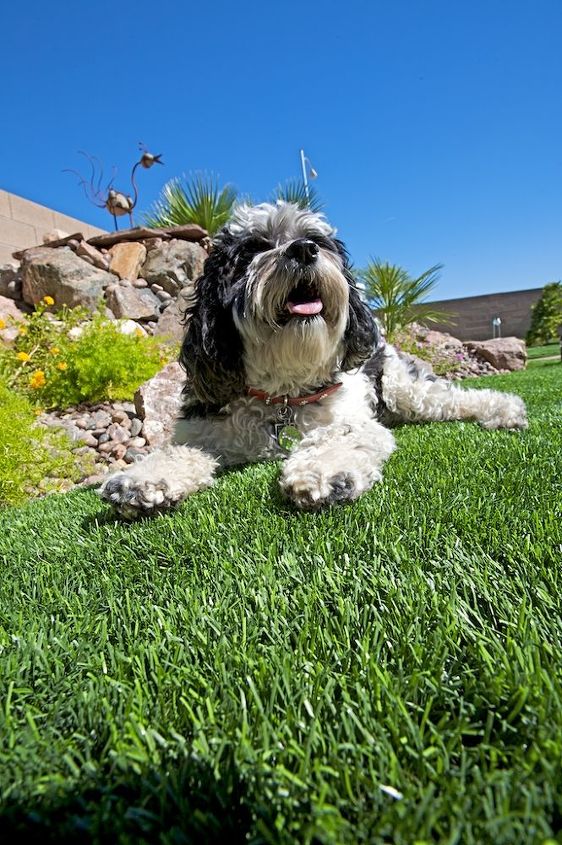
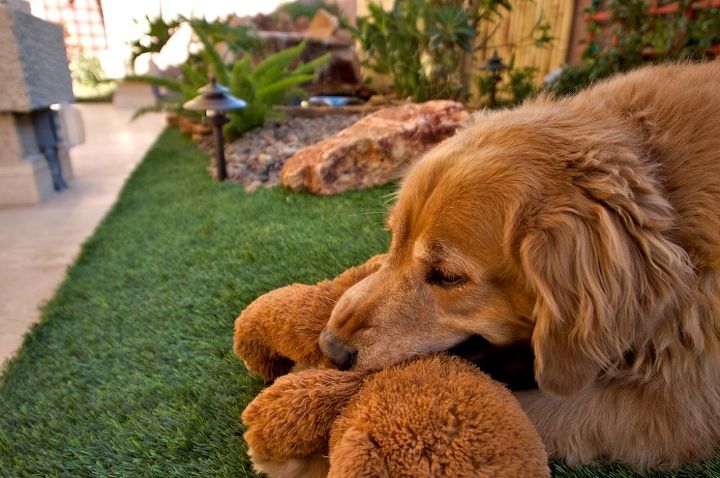
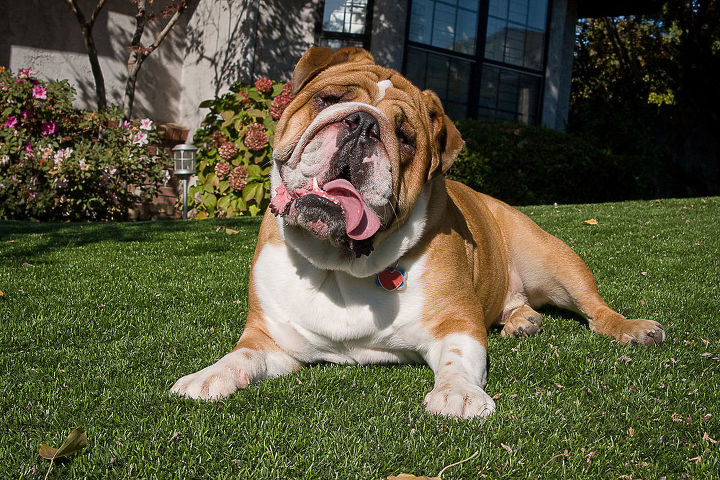



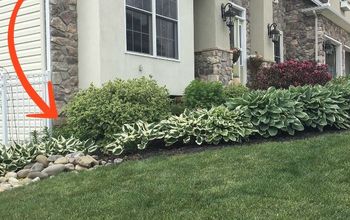

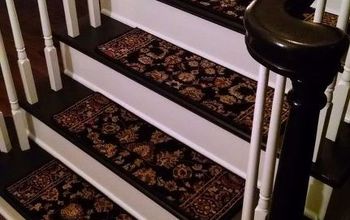
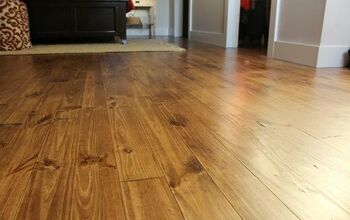



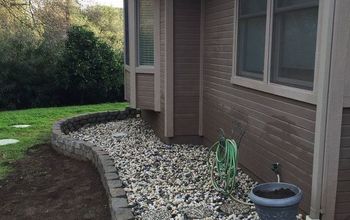

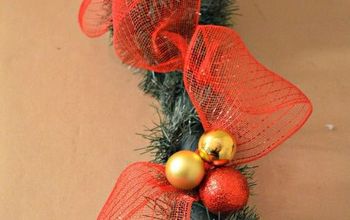
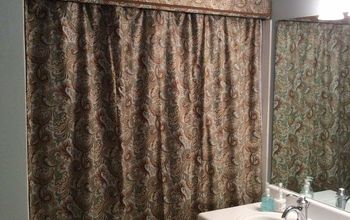
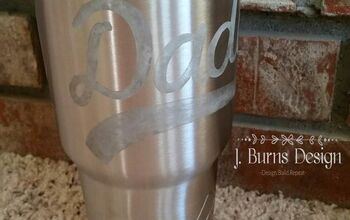
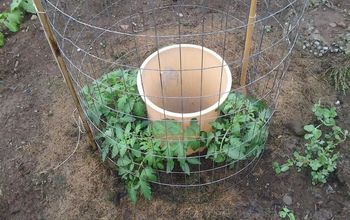
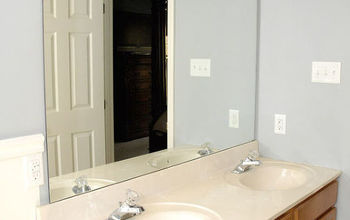
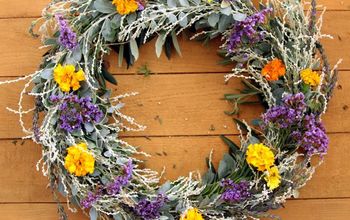
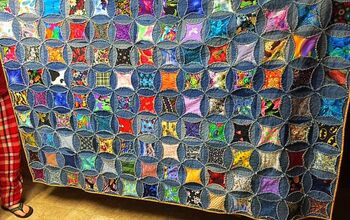
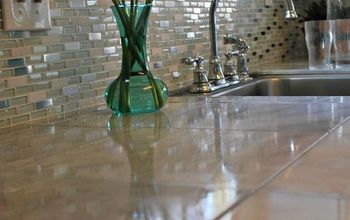
Frequently asked questions
Have a question about this project?